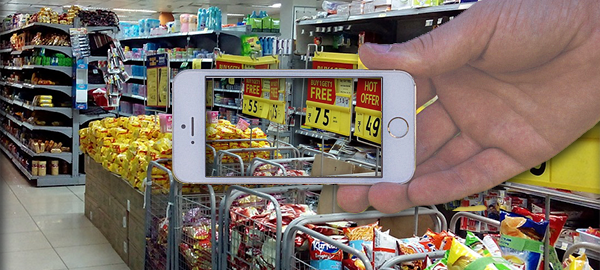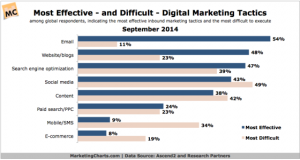
Social media is the engagement tool of choice when you try to reach your consumer base. We often overlook using engagement marketing to target and promote to e-tailers and retailers.
Cross-platform promotions reap significant benefits for vendors that carry your brand. It helps brands communicate with their partners by driving traffic to their online properties. This action increases sales and ROI.
Here is a 3-step online strategy to reach your consumers and encourage them to shop and purchase.
Step One: Discovery
In the Discovery phase you work with the brand manager to gather product promotional information, such as retail offers, coupons, incentives and perks. Next, you find out what a retail/e-tail store or chain is willing to offer shoppers. You will also identify the brand’s target market and define their goals and objectives. Armed with this crucial information, you are now ready to work on a creative strategy.
It is also critical to involve the company sales team. They are out in the field and know what the retail partners are experiencing with your products and can provide important insights into consumer purchasing habits.
Step Two: The Creative Strategy
Based on the discovery, it’s time to develop a creative strategy targeted to your customer base. Campaigns should be portable, meaning they can propagate throughout the Internet via email, and social media. We want to make the prospective customer feel important and not being manipulated. Here is where content is important. Campaigns focusing on a product’s usefulness create a need in the consumer and a “must have” feeling.
An image acts as an attention grabber and tells a story, so finding the right image is essential to promote success. We usually pick pictures that show the product in use or as part of a daily routine or lifestyle. I know it’s the 21st Century, but using attractive people is still an attention grabber and proven — it’s in our DNA!
Once your creative strategy and campaign is ready, run it by the sales and marketing teams. A sales team understands the retail perspective, which in this case is essential.
Step Three: Choose The Right Marketing Platforms
Ask yourself the following:
- What features is your target audience looking for?
- What sends them into the stores – a promotion (i.e. a BOGO, discount or free shipping)?
- Where do they get their information (i.e. Search, Email, Product review sites)?
Many brands find answers on Facebook or Twitter. Yet, it’s worth looking outside of the obvious and using lesser-known avenues like Snapchat, Flipboard or Instagram to broaden your reach.
I, personally, like user groups on relevant social media channels. Active engagement allows me to gather information on a brand’s consumer base and what makes them react. This way we can address their needs by providing what they want.
All in all, the retail-brand partnership is a journey. Now more than ever there are big opportunities in cross-promotion between a brand and their vendors.
The End Game
Brands are in a partnership with their e-tailers and retailers. Supporting each other through Social Media can pay big dividends and can boost brand awareness and the Holy Grail — sales. Pushing out joint promotions and driving traffic to partner websites can result in increased activity. Quid Pro Quo is a smart marketing tactic.
(243)
Report Post







